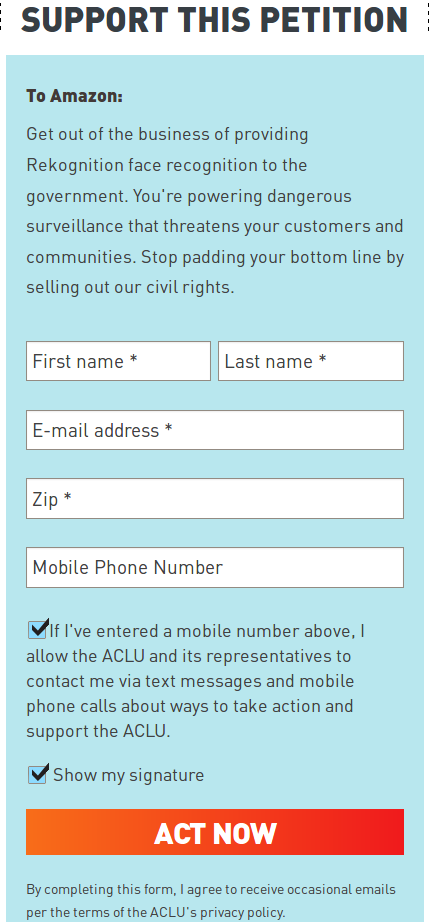Deep Learning for Launching and Mitigating Wireless Jamming Attacks by Tugba Erpek, Yalin E. Sagduyu, Yi Shi.
Abstract:
An adversarial machine learning approach is introduced to launch jamming attacks on wireless communications and a defense strategy is provided. A cognitive transmitter uses a pre-trained classifier to predict current channel status based on recent sensing results and decides whether to transmit or not, whereas a jammer collects channel status and ACKs to build a deep learning classifier that reliably predicts whether there will be a successful transmission next and effectively jams these transmissions. This jamming approach is shown to reduce the performance of the transmitter much more severely compared with randomized or sensing-based jamming. Next, a generative adversarial network (GAN) is developed for the jammer to reduce the time to collect the training dataset by augmenting it with synthetic samples. Then, a defense scheme is introduced for the transmitter that prevents the jammer from building a reliable classifier by deliberately taking a small number of wrong actions (in form of a causative attack launched against the jammer) when it accesses the spectrum. The transmitter systematically selects when to take wrong actions and adapts the level of defense to machine learning-based or conventional jamming behavior in order to mislead the jammer into making prediction errors and consequently increase its throughput.
As you know, convenience is going to triumph over security, even (especially?) in the context of military contractors. A deep learning approach may be overkill for low-bid contractor targets but it’s good practice for the occasionally more skilled opponent.
Enjoy!








